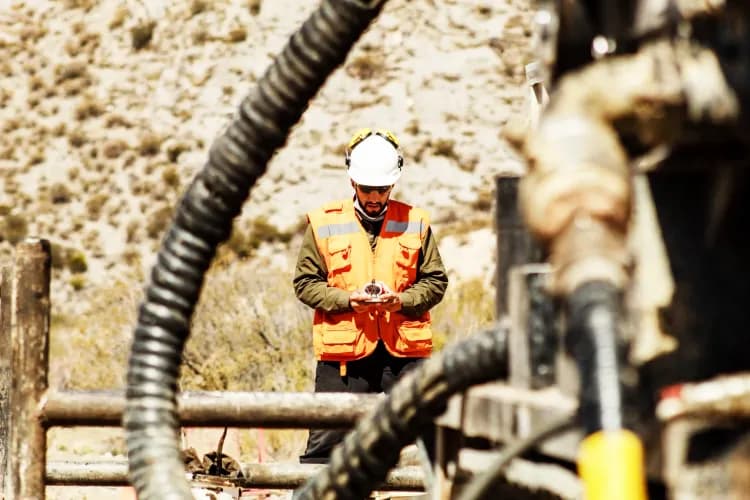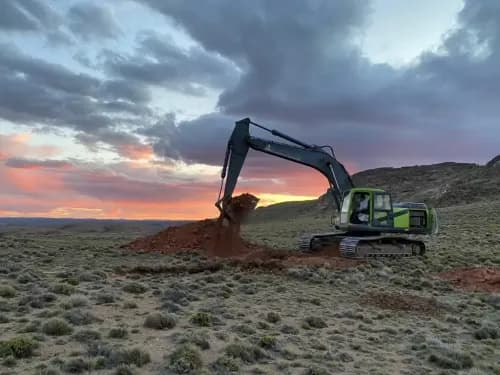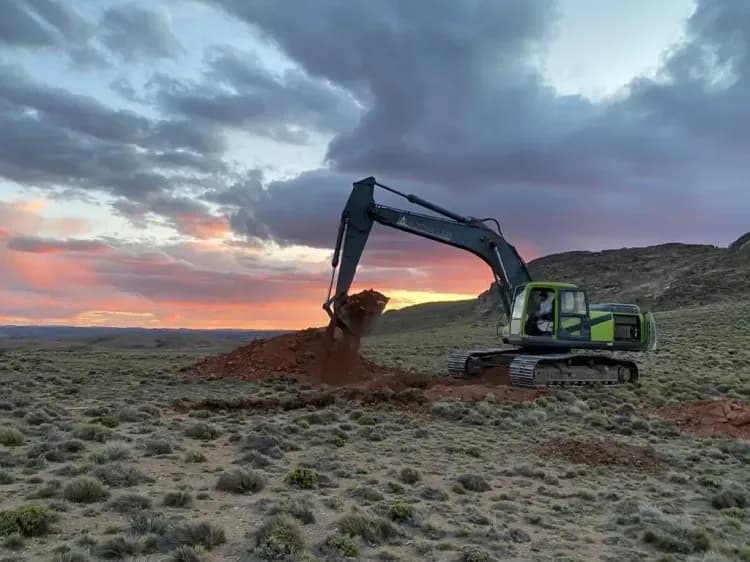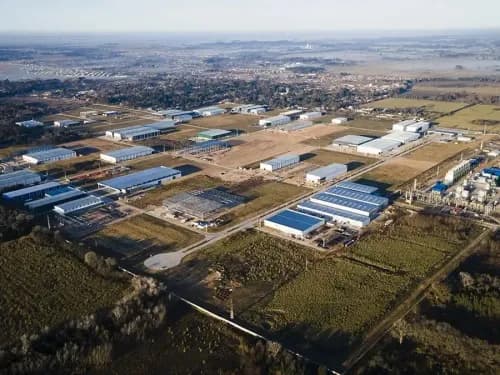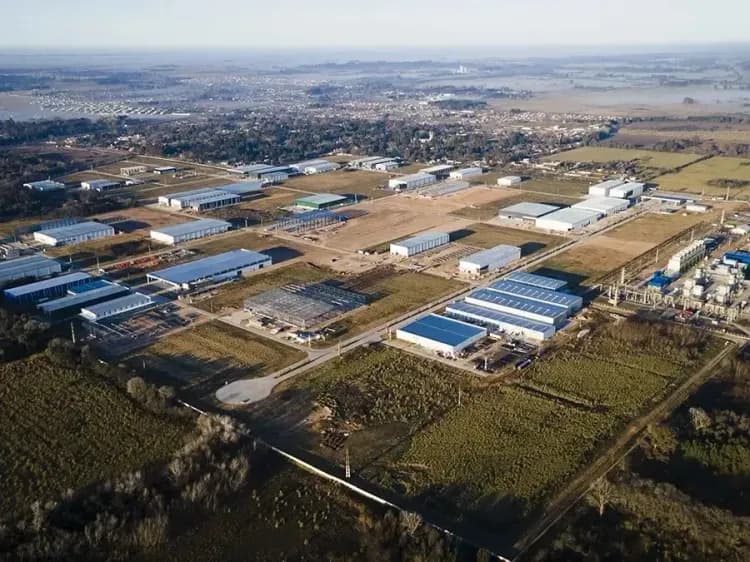In an interview with Panorama Minero, Juan Pablo Cagnola, Area Sales Manager and head of the mining segment at Scania Argentina, analyzes the current landscape for heavy transport, emerging technology trends in mining, and the logistical challenges of operating in extreme environments. The company highlights the key role of digitalization, tailored technical support, and improved economic policy conditions in facilitating investment.
By Panorama Minero
How does Scania assess the current economic context and its impact on the heavy transport business? What are the main variables affecting the sector?
Scania Argentina views the current economic situation in the country with optimism. Despite macroeconomic challenges such as inflation and exchange rate fluctuations, the market shows a growing need to renew fleets, especially in sectors that demand high standards of safety and efficiency. So far this year, we have experienced significant growth in vehicle sales, spare parts, and services, reflecting a sustained recovery and a positive outlook for the near future.
What role does mining play in Scania’s commercial strategy today?
Mining is a strategic pillar for Scania, both globally and locally. In Argentina, it accounts for approximately 10% of our sales, with an estimated 300 units planned for mining operations in 2025. Our integrated solutions include trucks, engines, buses, financing options, and tailored services designed to meet the specific demands of the mining industry. This evolution reflects our commitment to sustainable development and operational efficiency in challenging environments.
What solutions are mining companies demanding most? What technology trends are becoming established?
Mining companies are seeking solutions that combine durability, efficiency, and sustainability. Our XT line trucks, especially the Heavy Tipper 10x4 and 8x4 models, are in high demand due to their ability to operate in extreme conditions. In 2024, we launched the new Super powertrain, the most efficient in Scania’s history, enabling an 8% reduction in fuel consumption—delivering benefits in both emissions and operating costs.
Technologies such as the CRB auxiliary brake and the Retarder system enhance safety and performance on difficult terrain. Digitalization is also key, with tools like My Scania and the Scania Fleet App enabling real-time monitoring and performance analysis. This year we introduced Scania Smart, a digital dashboard with a touchscreen display in the new trucks that improves data utilization and connects seamlessly with our digital ecosystem.

What are your projections for mining sales and fleet renewal?
Today, the mining segment represents around 10% of our total sales, with approximately 300 units planned for the sector in 2025. This growth follows the expansion of mining projects, particularly in regions like Cuyo and the Argentine Northwest (NOA). As the industry develops, we expect increasing demand for specialized transport solutions, driven by the need for fleet renewal and the adoption of more efficient, sustainable technologies.
What operational challenges does mining present, and how does Scania respond?
Mining presents unique challenges: operations in remote areas, extreme conditions, and high operational demands. To address these, Scania offers comprehensive solutions, including buses for personnel transport. Our trucks are custom-designed to suit the geography, specific tasks, and load types involved.
We also provide tailored services such as onsite workshops (CWS), ensuring maintenance and technical support by Scania personnel directly at the customer’s site, 24/7, 365 days a year. This ensures high fleet availability and reduced downtime. Our network of 29 service points and wide availability of spare parts round out a reliable national support system.
What impact could measures like the RIGI or easing of currency controls have on the mining-related business?
We welcome the implementation of the Large Investment Incentive Regime (RIGI), which aims to promote strategic sectors such as mining. These measures could ease project approval and attract investment, ultimately increasing demand for specialized transport solutions. Stability, predictability, and clear regulations are key to long-term planning for our clients and to the sustained growth of the sector.
What role does Argentina play in Scania’s regional strategy?
We’ve operated continuously in Argentina for nearly 50 years, which speaks to the country’s importance within our regional operations. It’s a key market with strong potential in sectors like mining, agriculture, and energy. Our plant in Tucumán and our nationwide dealer network reflect that commitment. With growing demand for sustainable and efficient solutions, we see a promising future for Scania in Argentina, in line with our global purpose: to lead the shift toward a more sustainable transport system.



